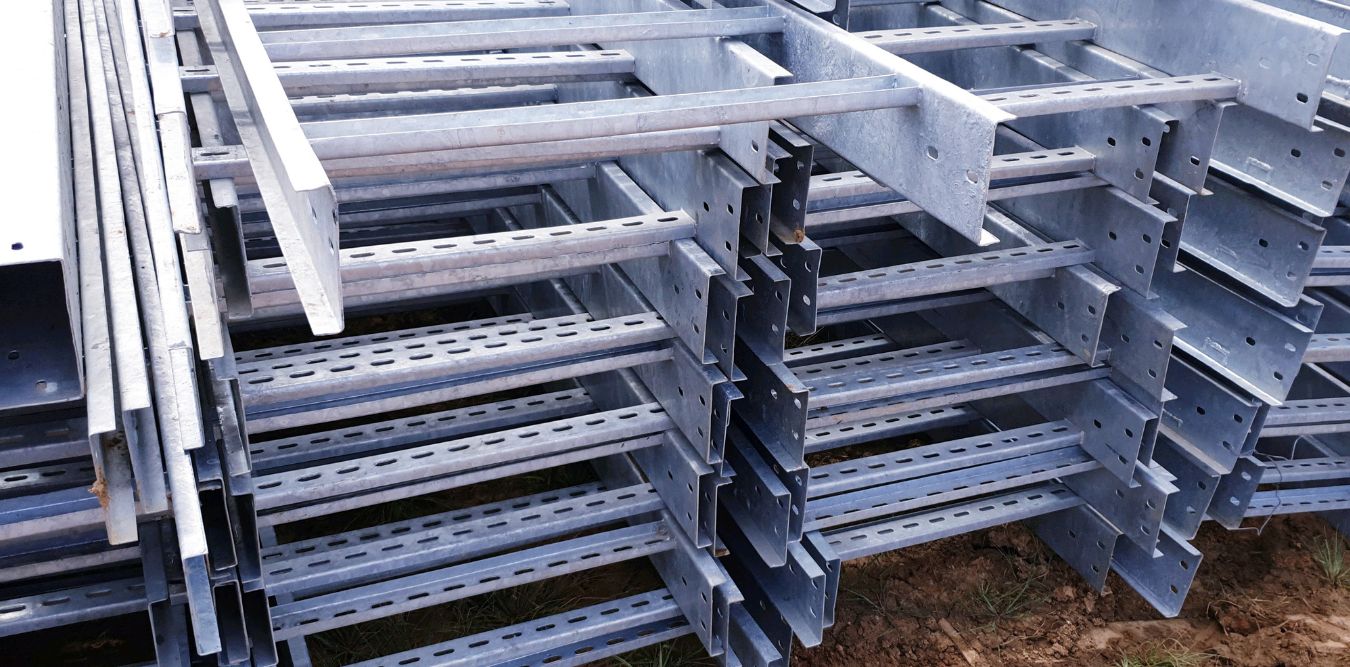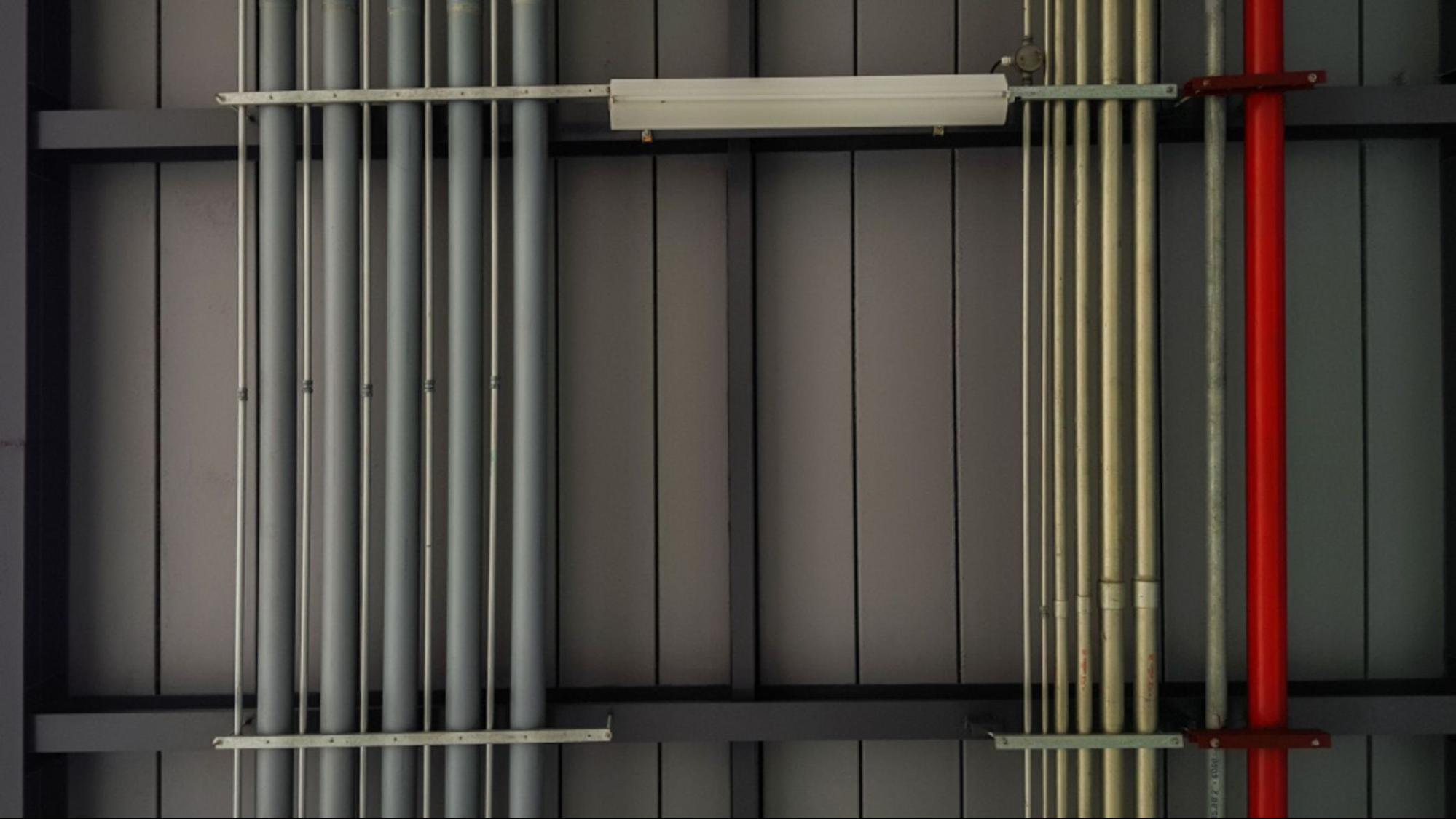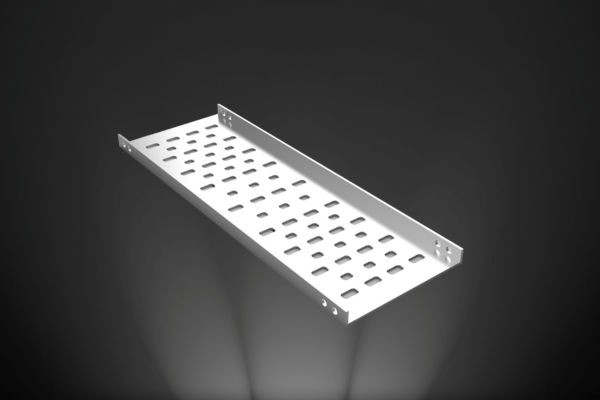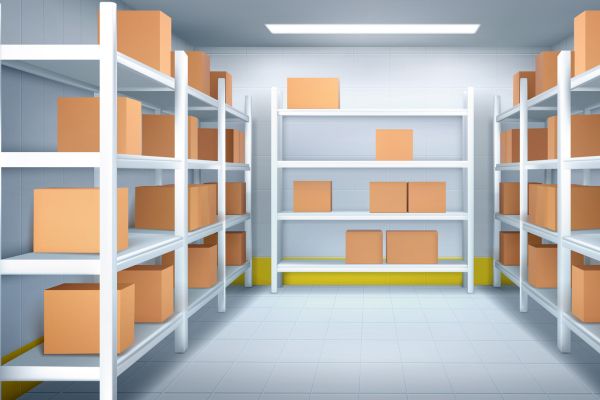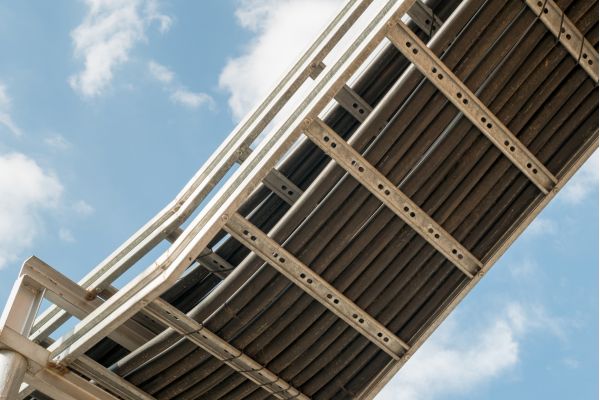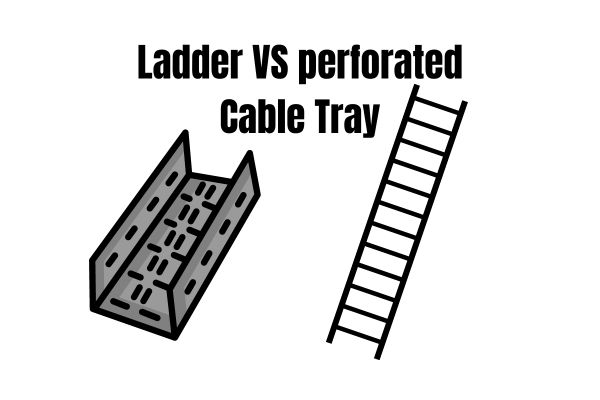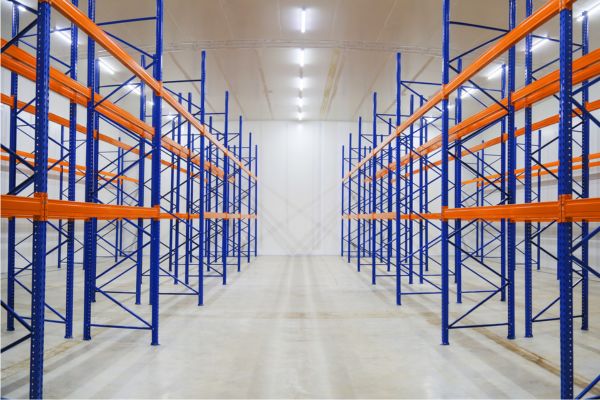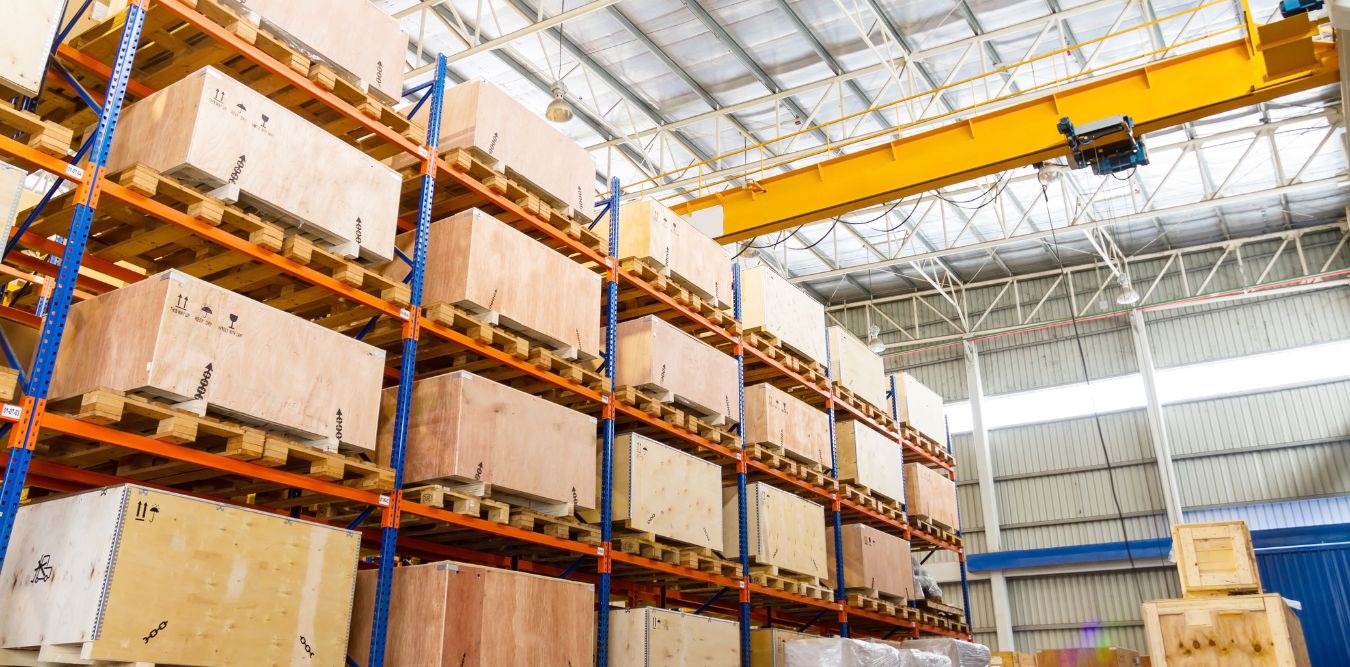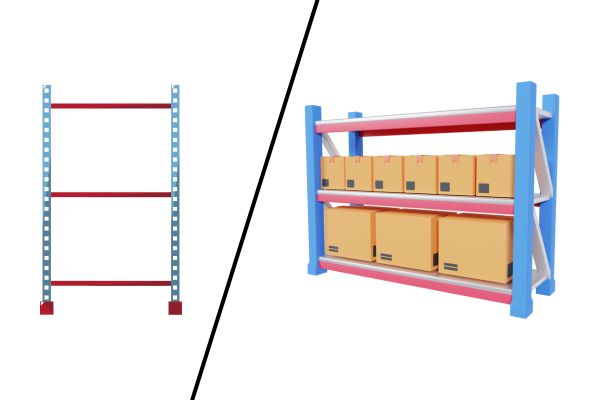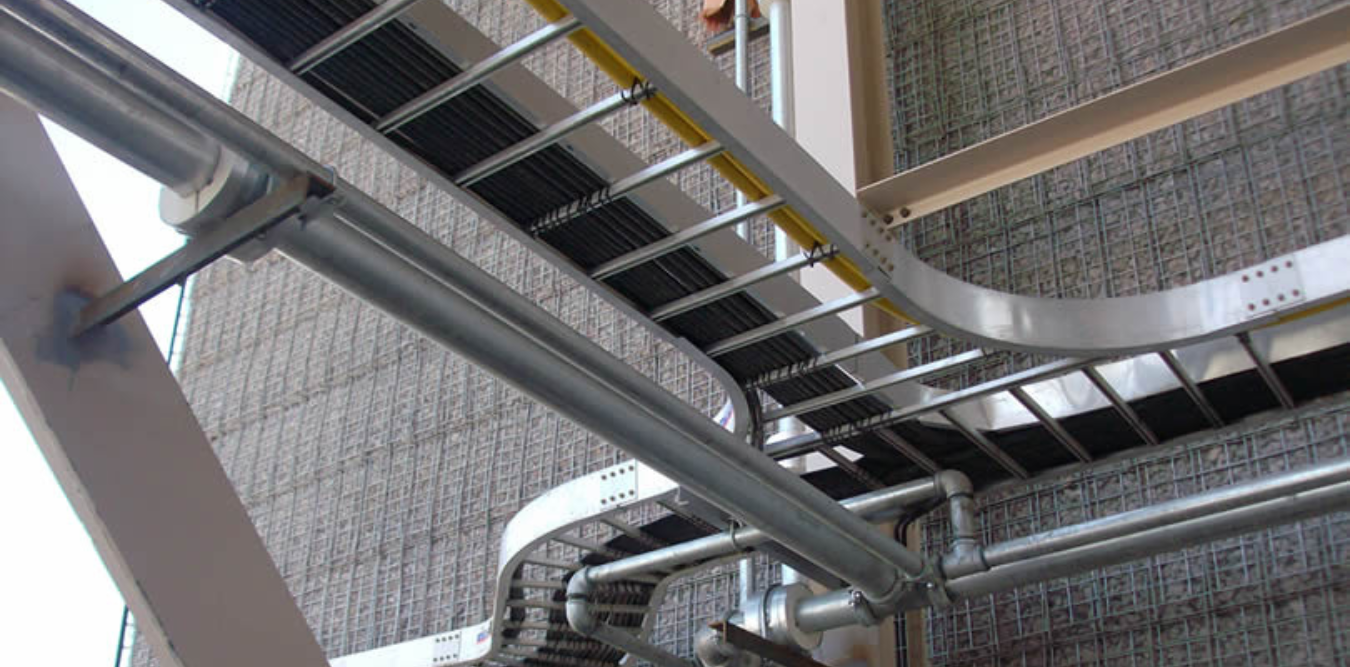Introduction
In the complex world of electrical and cable management systems, cable trays serve as indispensable components that ensure the safe, organized, and efficient routing of cables. Choosing the right cable tray type can significantly impact the longevity and reliability of your installations. Among the various options available, perforated cable trays and ladder cable trays are among the most popular choices. But which is better?
The answer depends on a variety of factors, including your specific needs, the environment in which the trays will be used, and the type of cables you need to manage.
In this comprehensive comparison, we'll dive deep into the advantages, disadvantages, and best-use scenarios for perforated cable trays and ladder cable trays. By the end, you'll have a clearer understanding of which type might be better suited for your project.


